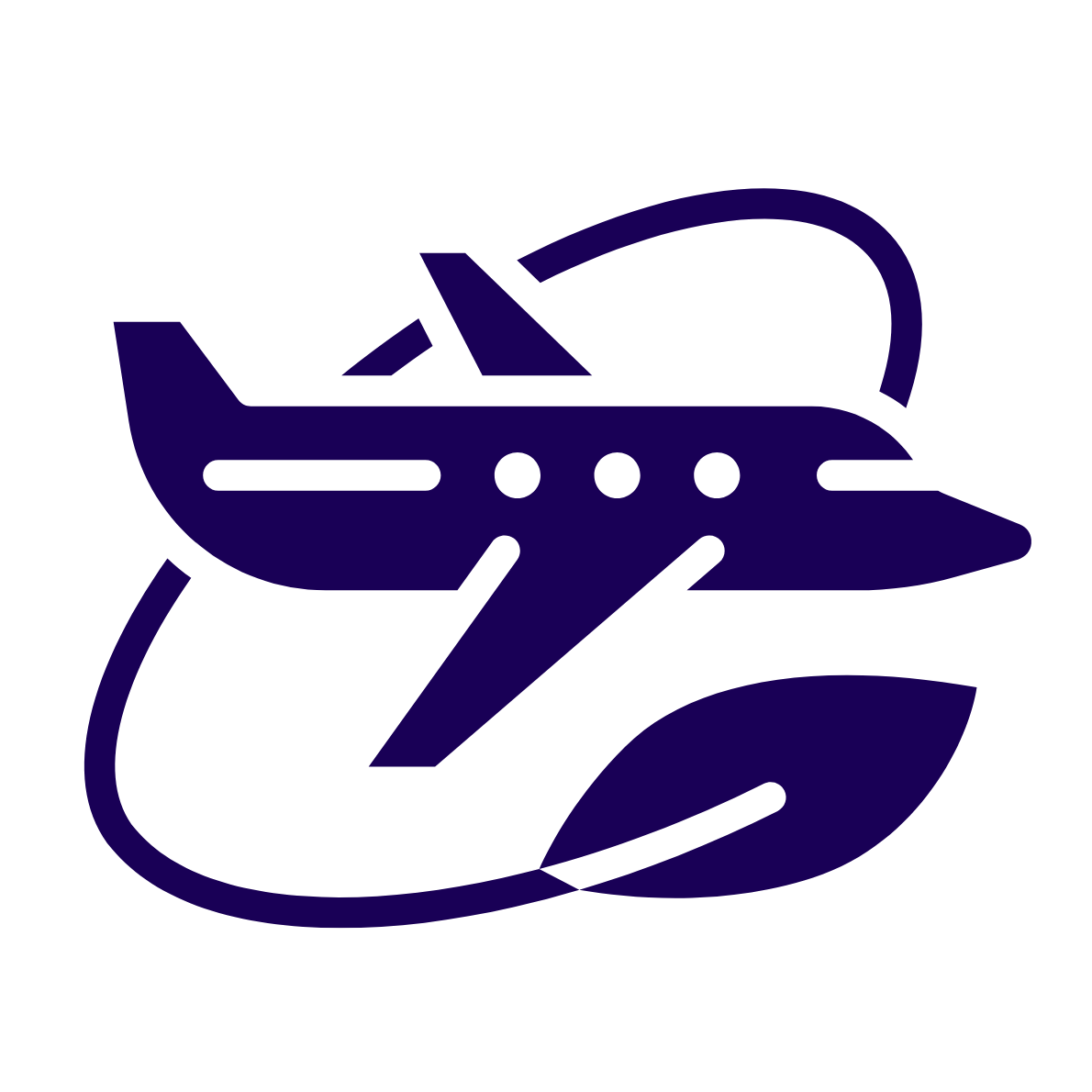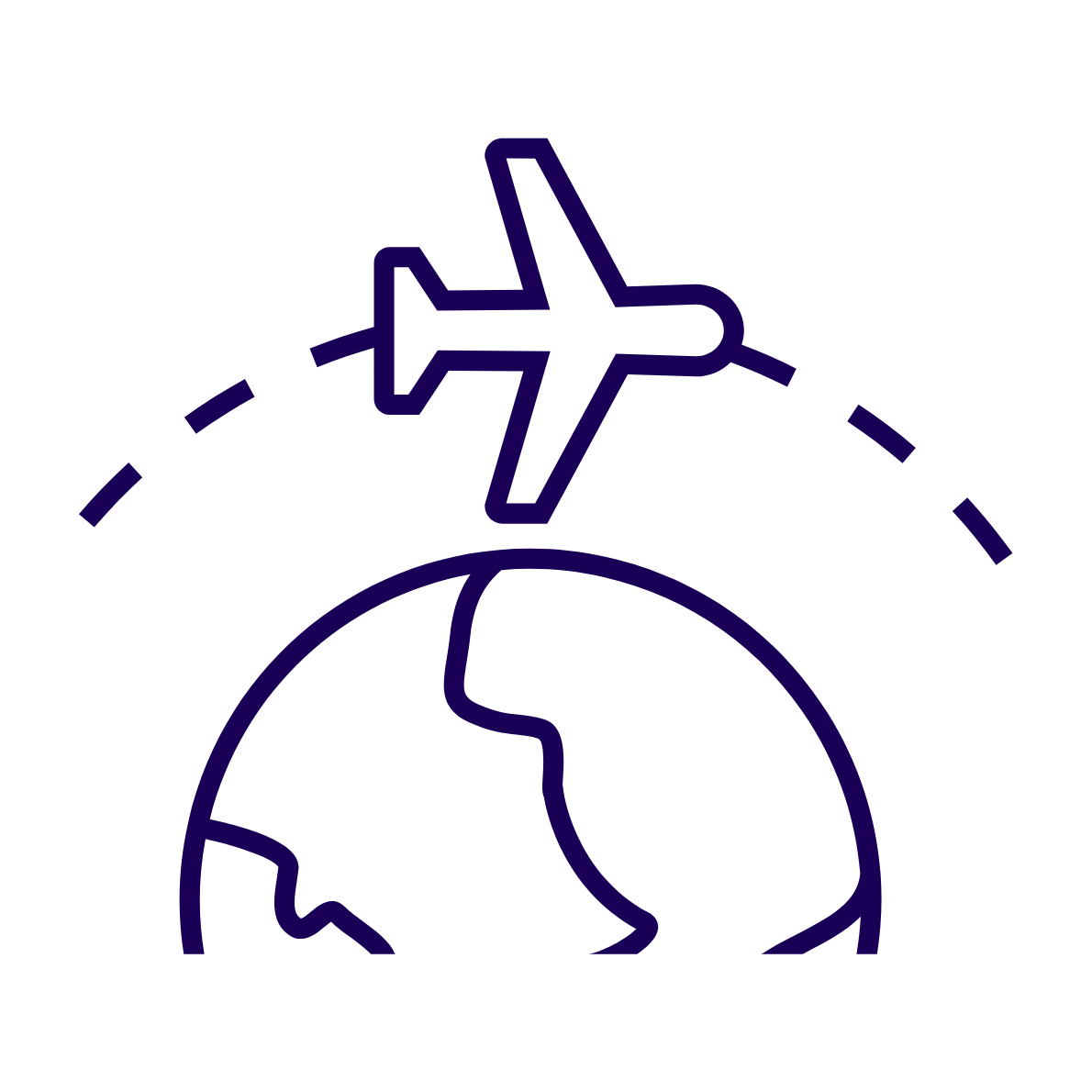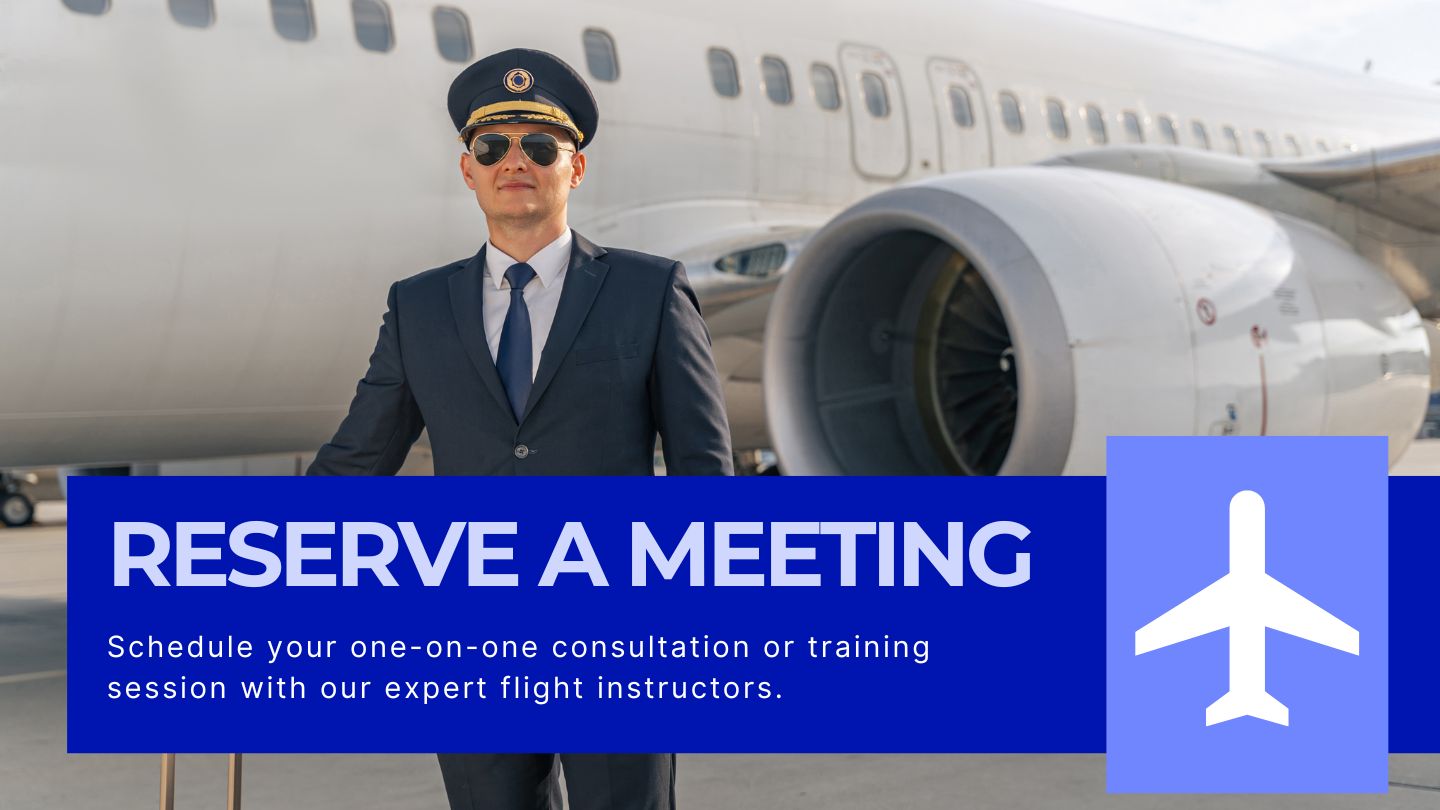.jpg)
Knowing the Rules Before You Fly
Instructor
What Will You Learn?
About This Course
In this course, you will uncover the “Highway Code of the Sky” and learn how international aviation law works behind the scenes to make flying safe, fair, and efficient.
We’ll dive into the origins of the International Civil Aviation Organization (ICAO), its role within the United Nations, and how it develops SARPs that guide aviation around the world. You’ll explore ICAO’s 19 Annexes, with a focus on the most essential ones for pilots—covering licensing, rules of the air, aeronautical charts, aircraft operations, air traffic services, search and rescue, and airport safety. By the end, you’ll have a solid understanding of how these global rules translate into everyday flying practices.
Curriculum Overview
This course includes 3 modules, 6 lessons, and 2:00 hours of materials.
This course explores the origins of aviation law, the role of ICAO, and the Standards and Recommended Practices (SARPs) that shape pilot responsibilities and global aviation operations.
Before you begin the quiz, please write your full name before start the quiz. This helps us know who you are and keep track of your progress.
Demonstrate your understanding of international air law, the role of ICAO, SARPs, and key ICAO Annexes by applying your knowledge to real-world aviation situations.
1. Part 1 – Scenario Application (60%)
For each situation below, answer the three questions:
- Which ICAO Annex applies?
- Which rule or principle is relevant?
- What should the pilot or authority do to comply with air law?
Scenario A – Cross-Border Flight
A pilot plans to fly from Singapore to Australia in a private aircraft. They must ensure they meet all licensing requirements recognized by both countries.
Scenario B – Mid-Air Traffic Conflict
While en route at FL350, two aircraft are on converging paths. Air traffic control issues instructions to change heading immediately.
Scenario C – Emergency Landing
A small passenger aircraft experiences engine trouble over a remote island. ATC coordinates a search and rescue mission.
2. Part 2 – Short Answer Questions (30%)
Answer each in 3–4 sentences:
- Explain the difference between Standards and Recommended Practices in ICAO SARPs.
- Why is Annex 2 often called the "Highway Code of the Sky"?
- How does ICAO ensure consistency in aviation safety across different countries?
- Give one example of how Annex 14 contributes to safe airport operations.
3. Part 3 – Reflection (10%)
In 200–300 words, reflect on why global cooperation through ICAO is essential for aviation safety. Include one example of how not following ICAO’s framework could create risks in international air travel.
Course Certificate
.jpg)
Course Specifications
.jpg)
.png)
.png)










.jpg)
Reply to Comment